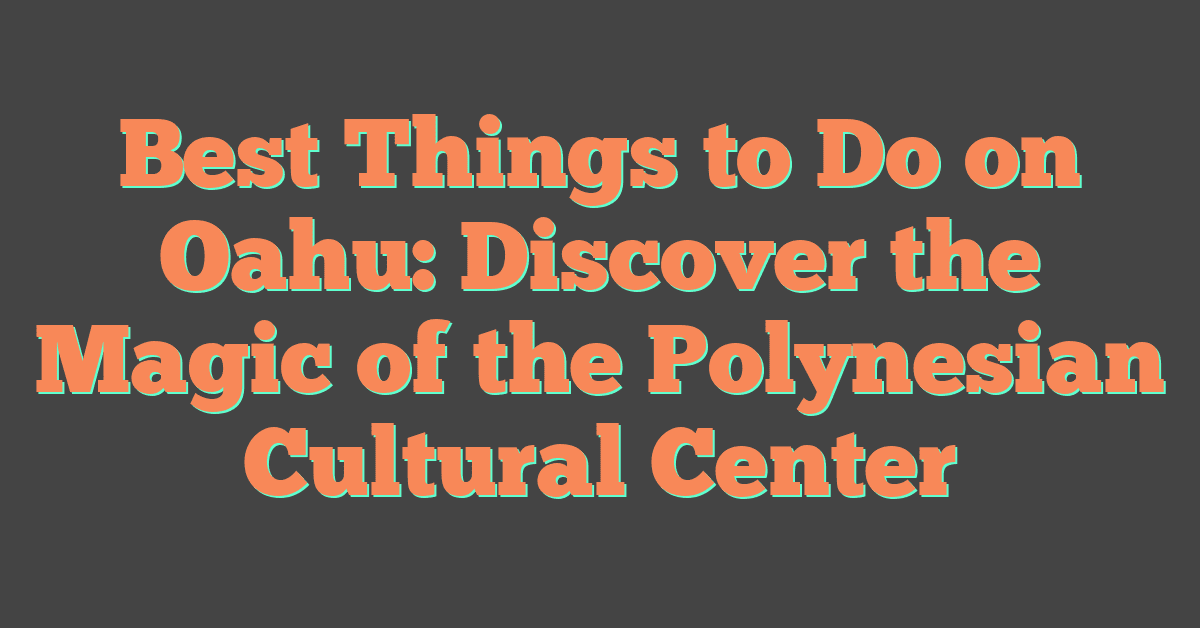I’ve always been amazed by Maui’s black sand beaches. These unique shores stand out with their striking dark color against the blue Hawaiian waters. The contrast is simply breathtaking and makes for unforgettable photos.


The best black sand beach on Maui is Wai’anapanapa Black Sand Beach, located in Wai’anapanapa State Park along the Road to Hana. This stunning beach, also known as Pa’iloa Beach, was formed hundreds of years ago when hot lava flowed into the ocean and quickly cooled, creating the dark, sparkly sand we see today. I love how these beaches tell the story of Hawaii’s volcanic origins in such a beautiful way.
Black Sand Beach
I recently visited Black Sand Beach in Waianapanapa State Park, and it was truly breathtaking. The contrast between the obsidian-like sand and the bright blue ocean created a stunning visual experience unlike any other beach I’ve seen on Maui.
As I walked along the shoreline, the volcanic pebbles crunched beneath my feet, reminding me of the island’s fiery origins. The beach isn’t large, but its unique beauty more than makes up for its size. I spent hours just taking photos and enjoying the dramatic scenery.
The sea caves and lava tubes along the coastline are definitely worth exploring. I ventured into a few of them and loved hearing the echoing sounds of waves crashing against the rocks. It felt like stepping into another world entirely.
The hiking trails around the beach led me through lush tropical vegetation to incredible viewpoints. I discovered ancient Hawaiian burial caves and stone arches during my exploration, adding a cultural dimension to my visit that made it even more meaningful.
Rating: 4.7 (1988 reviews)
Location: Hana, HI 96713
Website: Visit Website
Formation of Black Sand Beaches
Black sand beaches are one of nature’s most stunning creations, formed through powerful volcanic processes unique to places like Hawaii. The dramatic black shores we see today are the result of specific geological events and mineral compositions.
Volcanic Activity on Maui
When I visit Maui’s black sand beaches, I’m actually standing on the remnants of volcanic eruptions! These unique beaches form when molten hot lava flows into the ocean. The sudden temperature change causes the lava to explode into tiny fragments.
These fragments cool rapidly and become black sand. It’s amazing to think that a beach can actually form overnight during a volcanic eruption! This is exactly what happened at some of Maui’s famous black sand beaches.
The most well-known black sand beach on Maui is Pa’iloa Beach at Waianapanapa State Park, created hundreds of years ago by lava flows. It’s like walking on the island’s volcanic history!
Mineral Composition of Black Sand
The stunning black color comes from the minerals in the sand. Unlike typical golden beaches, black sand is primarily made up of basalt – a volcanic rock rich in iron and magnesium.
When I examine the sand closely, I can see it’s not actually pure black but contains tiny crystals of various minerals that sparkle in the sunlight. These include olivine (a green mineral) and magnetite (which is magnetic!).
At beaches like One’uli Black Sand Beach, the sand composition makes it a fascinating spot for geology buffs. The beach’s name “One’uli” actually means “dark sands” in Hawaiian.
I find it interesting that these beaches are constantly changing. The black sand gradually erodes and disperses, which means these beaches are relatively temporary in geological terms!
Ecological Significance
Black sand beaches on Maui aren’t just beautiful—they’re vital ecosystems with significant environmental importance. These unique shorelines support specialized habitats and face challenges that require ongoing protection efforts.
Unique Coastal Ecosystems
The volcanic origin of Maui’s black sand creates a distinctive environment for coastal life. At Wai’anapanapa State Park, I’ve observed how the dark sand affects temperature regulation—it absorbs more heat than white sand, influencing the hatching cycles of sea turtles and other marine creatures.
These beaches host specialized plant communities that have adapted to the volcanic soil conditions. Salt-tolerant coastal vegetation like naupaka and beach morning glory help stabilize the shoreline.
The near-shore waters around black sand beaches offer rich feeding grounds. Underwater lava formations create unique habitats for reef fish and invertebrates that wouldn’t thrive elsewhere.
I’m always amazed by the natural lava tubes and sea caves found at some black sand beaches, which provide shelter for native marine life and contribute to the biodiversity of these areas.
Conservation Efforts
Protecting these fragile ecosystems has become increasingly important. The Hawaii Department of Land and Natural Resources has implemented several measures at black sand beaches, including:
- Restricted access during certain times
- Educational programs for visitors
- Beach cleanup initiatives
- Monitoring of endangered species
I’ve participated in volunteer efforts at Wai’anapanapa, where community groups work to remove invasive species that threaten the native coastal vegetation.
Tourism management is crucial for preservation. The reservation system now required at some black sand beaches helps control visitor numbers and reduce environmental impact.
Climate change poses significant threats through rising sea levels and increased storm intensity. Local conservation groups are documenting these changes and developing adaptation strategies to protect these irreplaceable natural treasures.
Cultural Importance

Black sand beaches on Maui hold deep cultural significance for Native Hawaiians. These striking shores connect present-day visitors to ancient traditions and spiritual beliefs that have shaped island life for centuries.
Legends and Myths
Many Hawaiian legends surround Maui’s black sand beaches, especially Waianapanapa’s famous shore. One powerful story tells of a Hawaiian princess named Popoalaea who fled from her abusive husband and hid in a cave near the beach.
When her husband found her, she tragically lost her life. Hawaiians believe her blood seeped into the rocks, transforming them into the striking black sand we see today.
I’ve heard from locals that the small freshwater caves near the beach are considered particularly sacred. Some believe these areas house ancestral spirits who watch over the land and sea.
The dramatic landscape of these beaches also features in creation stories involving Pele, the volcano goddess. Her fiery temper is said to have created the dramatic black coastlines when lava met sea.
Traditional Practices
Black sand beaches served as important gathering places for traditional Hawaiian practices. Ancient Hawaiians conducted fishing rituals here, asking for blessings before setting out to sea.
The rich cultural history at these beaches includes ceremonies honoring ancestors and natural elements. Offerings were often left at special rock formations near the shore.
Healing practices sometimes took place at these beaches, where the unique minerals in the sand were believed to have therapeutic properties. Locals would bury themselves partially in the warm black sand to relieve joint pain.
Many beaches contain ancient burial sites, showing their importance as sacred grounds. Japanese-style burial grounds can also be found, reflecting the diverse cultural influences that shaped Hawaii’s history.
Today, cultural practitioners still visit these beaches for traditional ceremonies, keeping ancient connections alive in modern times.





